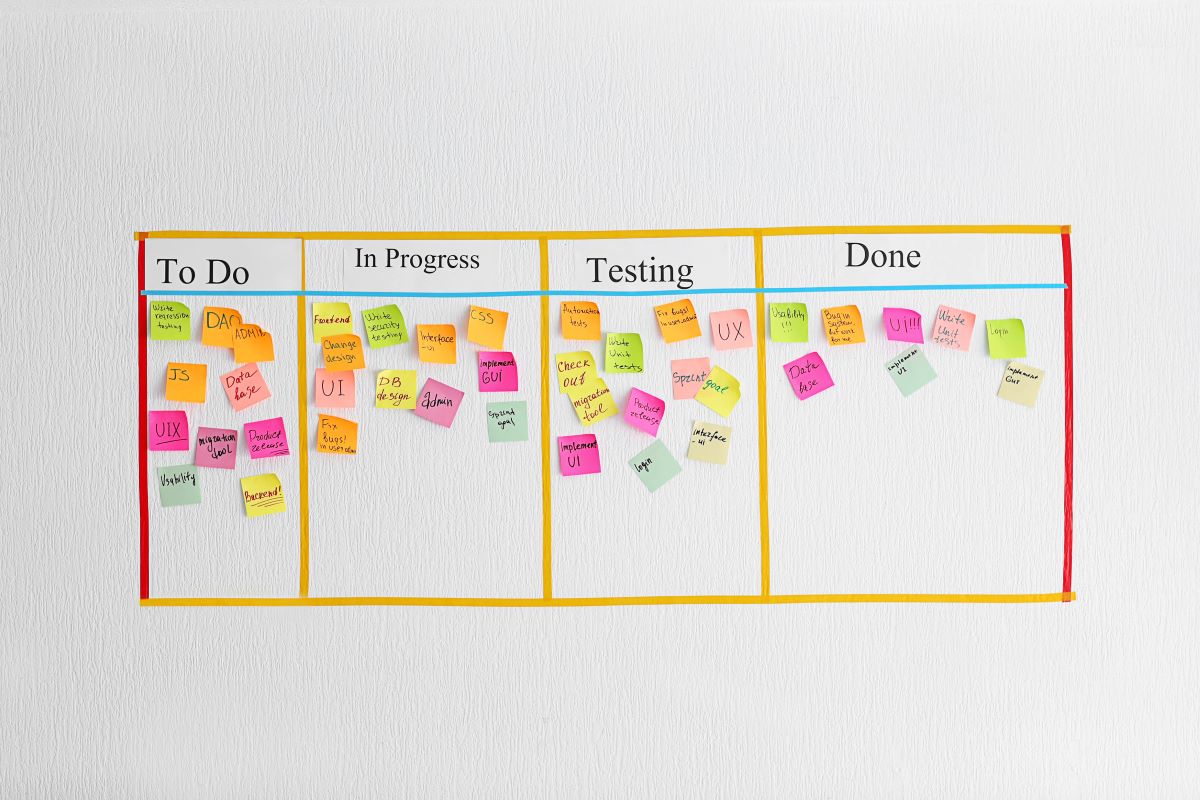Time management strategies for happier employees: Flexible self-scheduling
Empowering employees to set their own schedules builds trust, boosts productivity and bolsters retention.

Second in a two-part series. Read the first installment here.
For employers around the globe, it seems as though the past 10 months of COVID-19 have imposed a decade’s worth of employee wellness challenges—not only from a physical health standpoint, which is paramount, but from an employee well-being perspective, too. Prolonged social distancing, stay-at-home orders and temporary business shutdowns have resulted in stressed employees who become less engaged, less productive and who might ultimately quit as the stress becomes too much or other employment opportunities present themselves.
How are employers successfully adjusting to these uncertain times and keeping employees happy? One answer appears to be flexible self-scheduling.
What is flexible self-scheduling?
This scheduling method offers flexibility to both employees and employers. Managers determine staffing needs based on customer demand and other business factors. Instead of being assigned specific work times, employees are allowed to choose the shifts they want, or to trade shifts with others. This empowers employees to exert more control over their lives.
Become a Ragan Insider member to read this article and all other archived content.
Sign up today
Already a member? Log in here.
Learn more about Ragan Insider.


